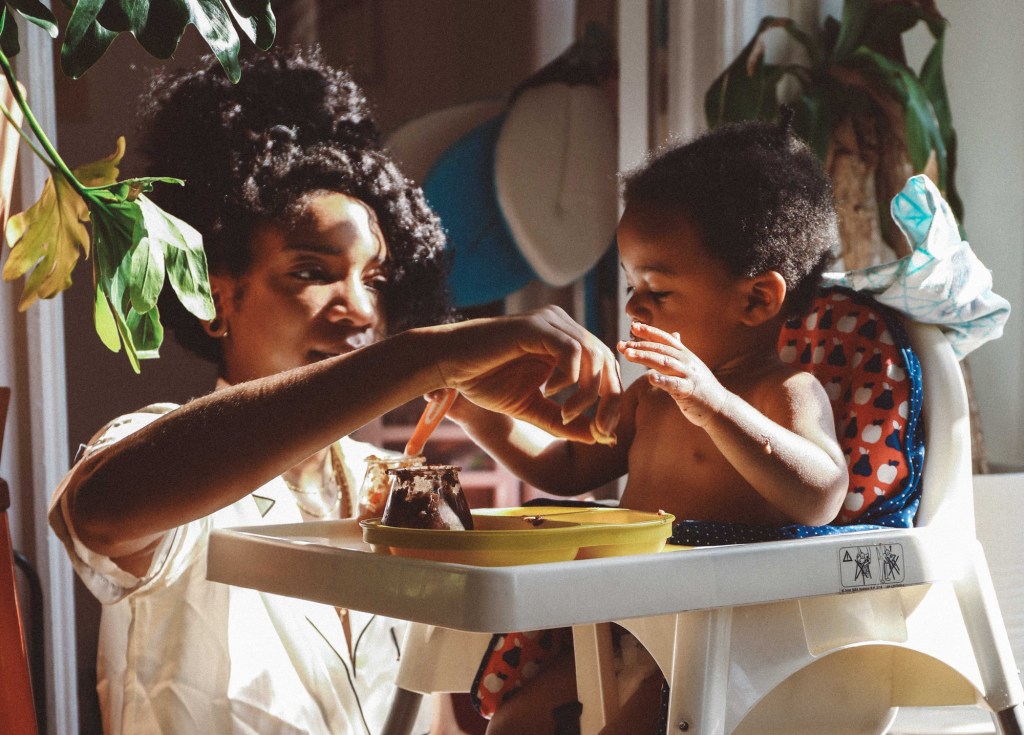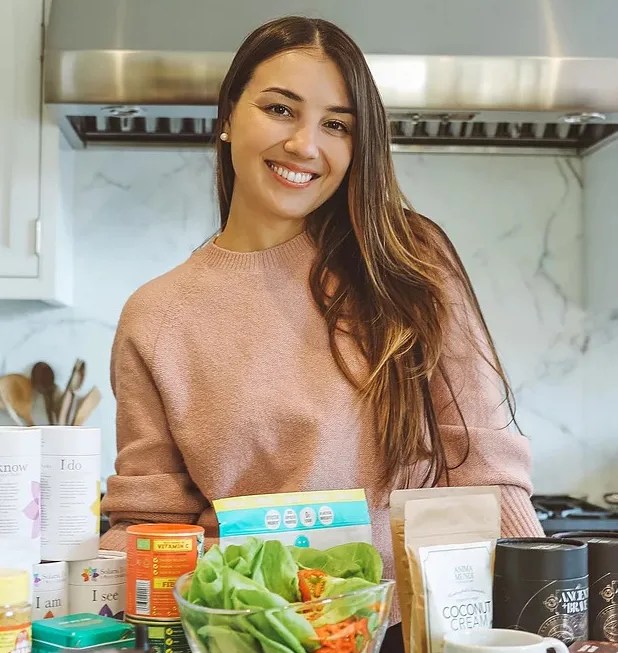Your cart is currently empty!
8 Things No One Told You About Starting Your Baby on Solids

Starting solid foods is a big milestone in your little bean’s life. After several months of a milk-only diet, they’re ready to add some variety. As parents, this can be a time when lots of questions come up. Like, how the f*** do I do this?! Don’t worry– we got you.
1. Babies start solid foods at different ages
The average age to start solids is 6 months, but some babies might not be ready until later. Here are some signs your baby is ready for solids:

- They’re able to sit up on their own
- They can hold their head up on their own.
- They don’t push solid foods out of their mouth with the tongue-thrust reflex.
- They have begun to develop their pincer grasp (the ability to grab things with their thumb and index finger).
- They show an increased interest in watching you eat.
- You’ve gotten the go-ahead from your child’s pediatrician.

2. Feeding your baby is a spectator sport
I’ll try to keep this light on the sports analogies but you’ll want to keep your eyes on the player (aka your lil’ nugget)– it’s important to constantly pay attention to your baby. Monitor their reactions to new foods and keep an eye out for any potential gagging. No baby should ever be left alone with food.

3. They’re going to be eating constantly
Did you think the days of feeding your baby every 2-3 hours were over? Think again. Introducing your baby to solids means you’re still going to be feeding them a lot. The only difference is that instead of feeding them just milk, you’ll alternate between milk and solids. Not to mention, solid food feedings are time consuming! There’s no dining and dashing here– get comfortable and prepare to sit down with your baby for at least 30 minutes. As they get older, their appetite will fluctuate due to growth spurts.

4. It takes time
Introducing new flavors takes time. Twelve tastes of pureed carrots? Sounds boring– but if you’re a baby, it can take time for you to adjust to new flavors. At this early stage, they’re still getting the bulk of their daily nutrients from breastmilk or formula.

5. You’re going to need quality bibs
Traditional bibs keep crumbs off your little one’s belly – but leave a dirty lap and stained sleeves. Ideally your baby would wear a hazmat suit while feeding , but the Yumi bib is the next best thing. It is long sleeved, waterproof, and includes a pocket to catch any rogue debris.

6. When babies eat, it’s messy
Besides the bib, you’re going to need a nice stash of washcloths, all-natural surface spray, and changes of clothes on hand for your little one (and yourself, let’s be real).

7. When they’re hungry – it’s go time
When your baby is hungry, there will be no messing around. Get that spoon ready– they can be needy! Even when you can’t seem to shovel it in fast enough, make sure to pace baby’s bites. While they may not be pleased, there will be less spit up!

8. Their poop is going to change
Up until now your baby has only been consuming breastmilk or formula. Adding solids into the mix leads to a big change in your routine and your baby’s poops. Yep, get ready for poops that come in every color of the rainbow and smells that range from mild to pinch-your-nose-or-you-might-vomit.
No matter how you decide to introduce solids to your babe, remember to have patience and fun with this exciting exploratory time in your little one’s life!











